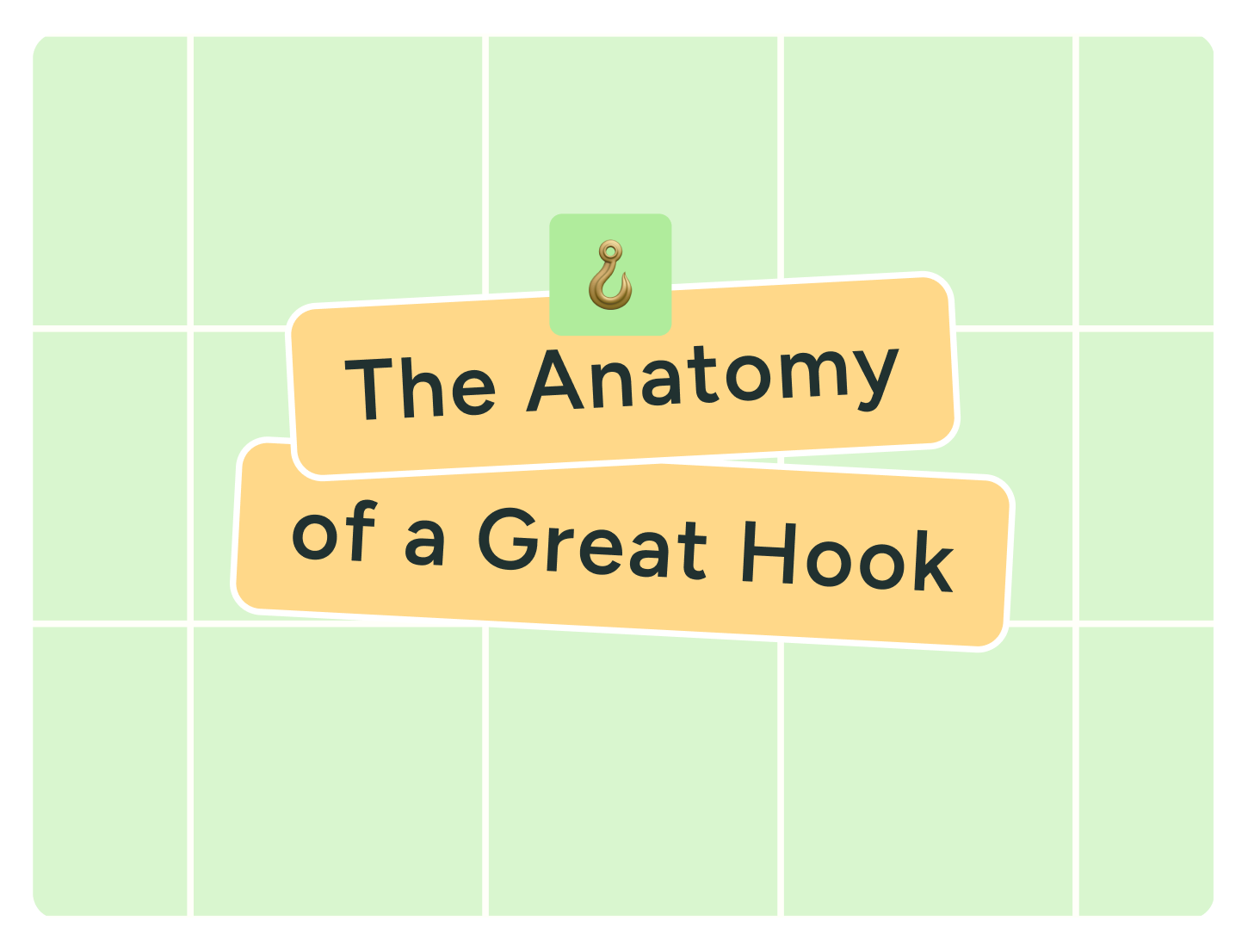Attention is expensive, and if you don’t win it in the first few seconds, your content may never get the chance to be seen.
A hook — the opening part of a piece of content, whether audio or visual — is often the ticket to gaining that first few seconds of attention. But a strong hook isn’t the same as clickbait. The goal isn’t to trick someone into stopping, it’s to set up value your content will actually deliver.
Over the past few weeks, I’ve been digging into what actually makes a hook work and why. And while there are always exceptions, one thing holds up across formats and platforms:
A good hook doesn’t guarantee success, but a bad one almost always guarantees that your content goes unnoticed.
Yes, you’ve probably seen posts that seem to break every cardinal rule of posting and still perform exceptionally. But for most of us, across different formats, platforms, and forms of expression, our hooks need to be airtight.
Strong hooks are rarely accidents. They’re shaped by a deep understanding of:
- Format — text, video, carousels, or a mix
- Platform — LinkedIn, TikTok, Threads, each with different signals
- Human psychology — curiosity, novelty, relatability
- Algorithm behavior and user intent — the most overlooked factor of all
In this guide, we’ll break down the anatomy of a great hook across formats, explore the psychology behind why they work, and look at how the logic of each platform can make or break the performance of a piece of content.
Let’s get into it.
Jump to a section:
What makes a good hook
A good hook is the split-second decision point between someone scrolling past your post and someone choosing to stay.
It’s not luck or magic — it’s an overlap of four key elements working harmoniously:
Format, platform, psychology, and algorithm — consider these the coordinates to a great hook. If you miss one element, you leave your post up to chance. Nail them, and you give your content the best possible shot, even if you can’t control every variable.
The four parts of a great hook
- Format: How to hook appears: text, video, carousel, audio. Understanding this helps you know what strengths you have available ot you.
- Platform: Where your audience is scrolling. Different platforms have different “first impression” windows and engagement signals.
- Psychology: Why it grabs attention. The best hooks are intentionally or unintentionally rooted in how humans are wired to notice and respond.
- Algorithm: How the platform decides to show your content based on the “next step” it’s optimizing for (watch time = more time spent on the platform, comments = more engagement, and so on).
What you can and can’t control
You can’t force people to stop scrolling, and you can’t rewire a platform’s algorithm. But you can design your hooks to align with human and machine expectations as much as possible.
What you can control:
- The format of your hook and how you present it
- Your messaging
- The structure of your post
What you can’t fully control:
- How the algorithm prioritizes content
- Your audience’s mood, desire to swipe, attention span
- External context like trading topics, big news, seasonality
All this to say: focus on what you can control while understanding and working with or around the variables you can’t.
Defining your hook
The hook isn’t the value a viewer will get out of your post. It’s the invitation to stay long enough to receive that value.
It doesn’t need to explain the whole post or be profound. But it does need to spark something: curiosity, recognition, tension, anything that makes someone think, I need to see where this goes.
A great hook:
- Makes someone pause, even for half a second — “I doubled my income… and still felt broke.”
- Creates a question in the viewer’s mind (even if unspoken) — “I was ready to quit last month. Here’s what stopped me.”
- Promises some
Recommended Story For You :
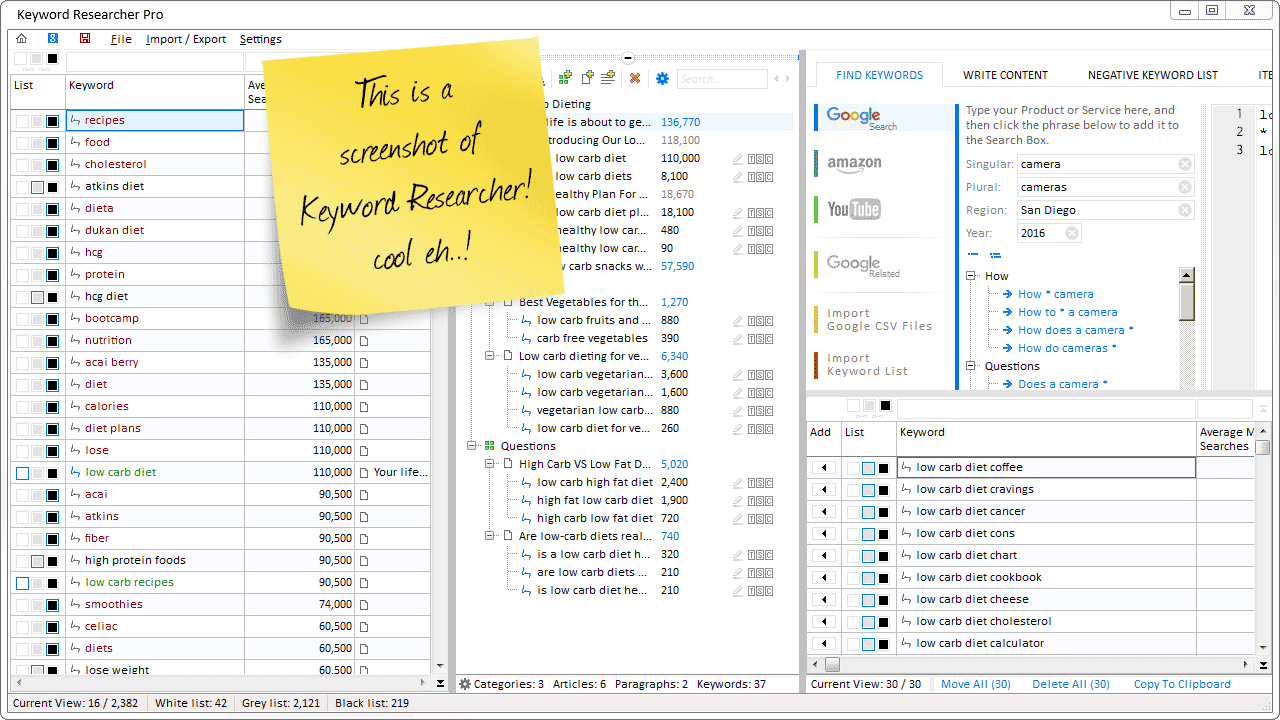
Organize Keywords and Import CSV Files from the Google Keyword Planner
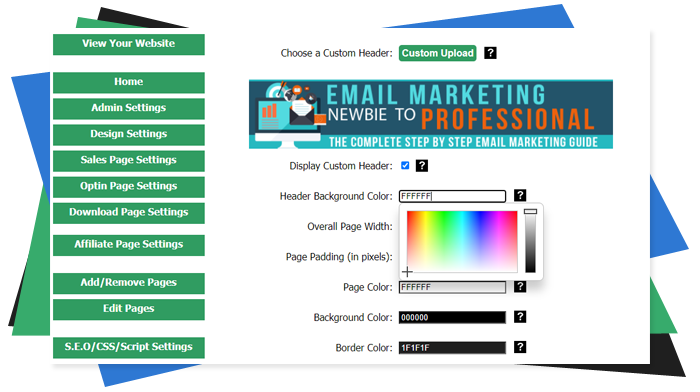
The Most Affordable And Easiest User Friendly Page Builder You Will Ever Use!

Instant WordPress Theme That Matches Your Website
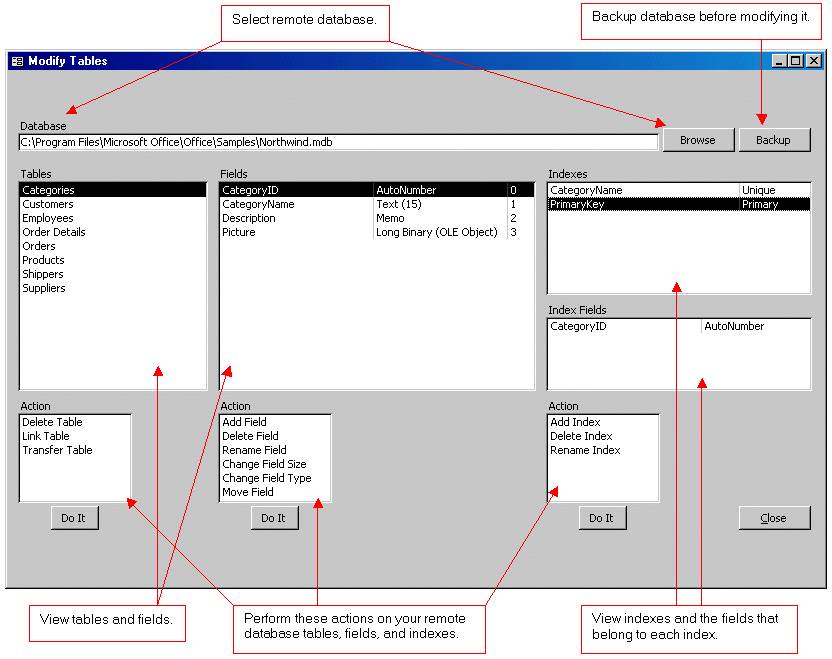
Wizard to Manage Remote Backend MS Access Database Tables Fields and Indexes

If you had an aisle-by-aisle grocery list wouldn't you spend less money on impulse items?
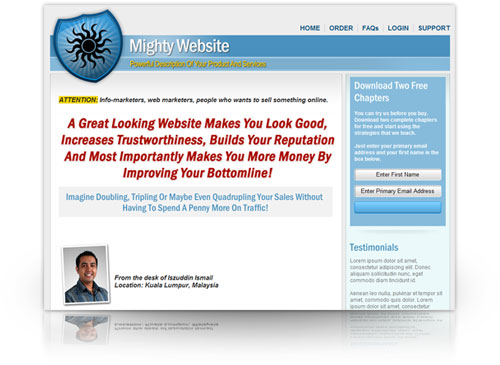
everything you need to create a professional corporate look mini-site is there.
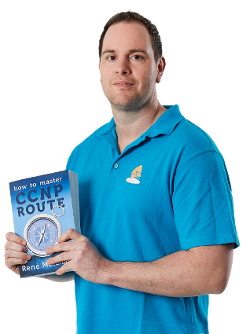
Unlock Your Networking Potential with GNS3Vault
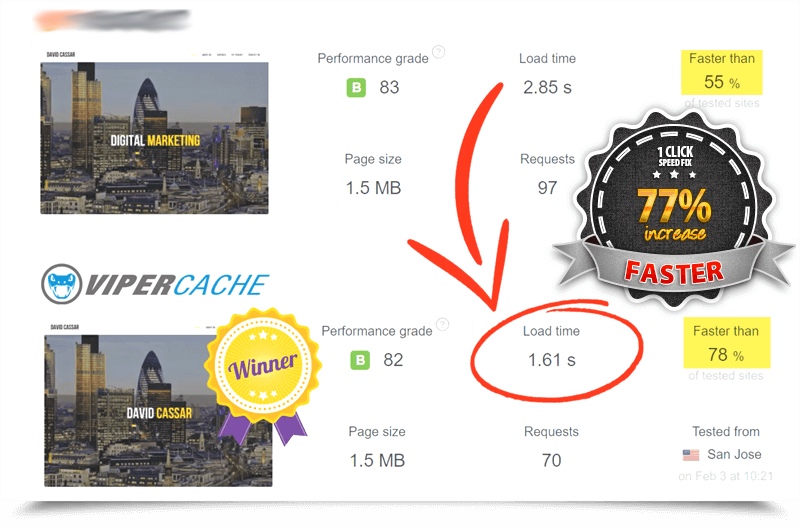
Viper Cache Was 77% Faster Than The Competetion

Understanding Stock Market Shorting eBook
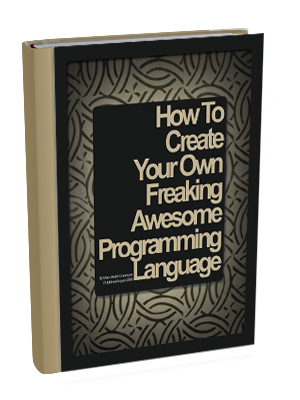
Creating your first programming language is easier than you think.
Related Posts

Technical Analysis: 4 Stocks with signs of death crossovers to keep an eye on

HDFC Bank & 3 other fundamentally strong stocks trading above 200 DMA to keep an eye on

Falling Channel Breakout: Multibagger NBFC Stock Shows Bullish Momentum on Daily Chart

4 Fundamentally strong stocks to buy for an upside potential of up to 36%; Do you hold any?

